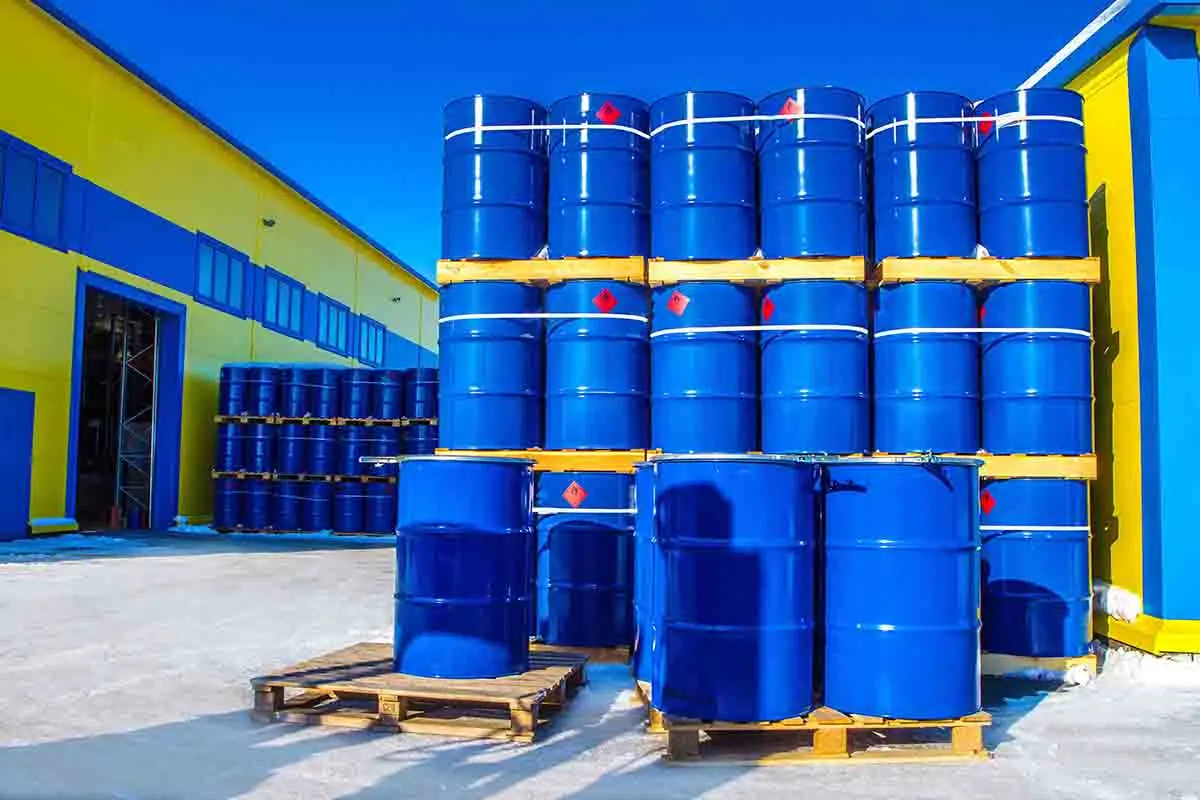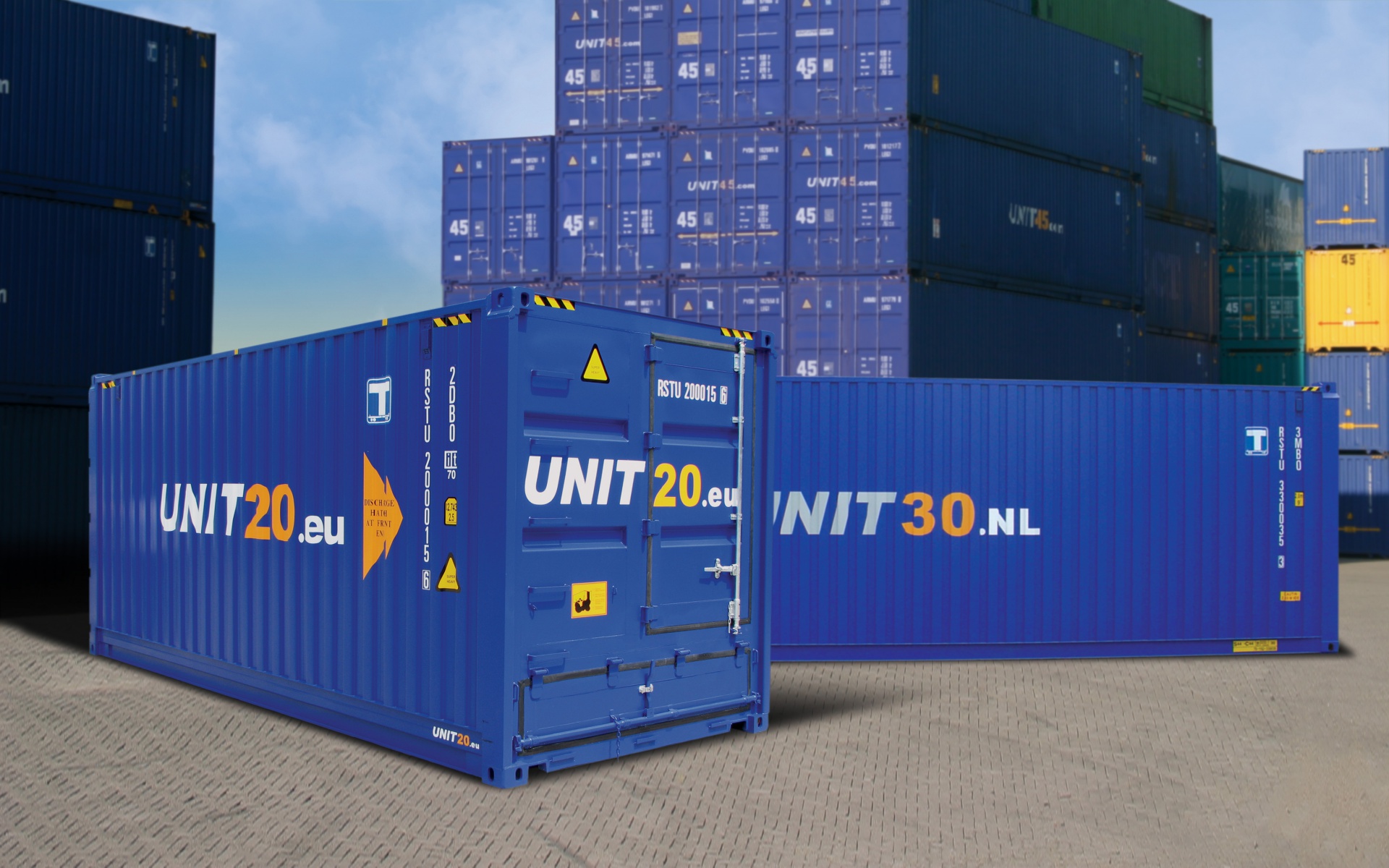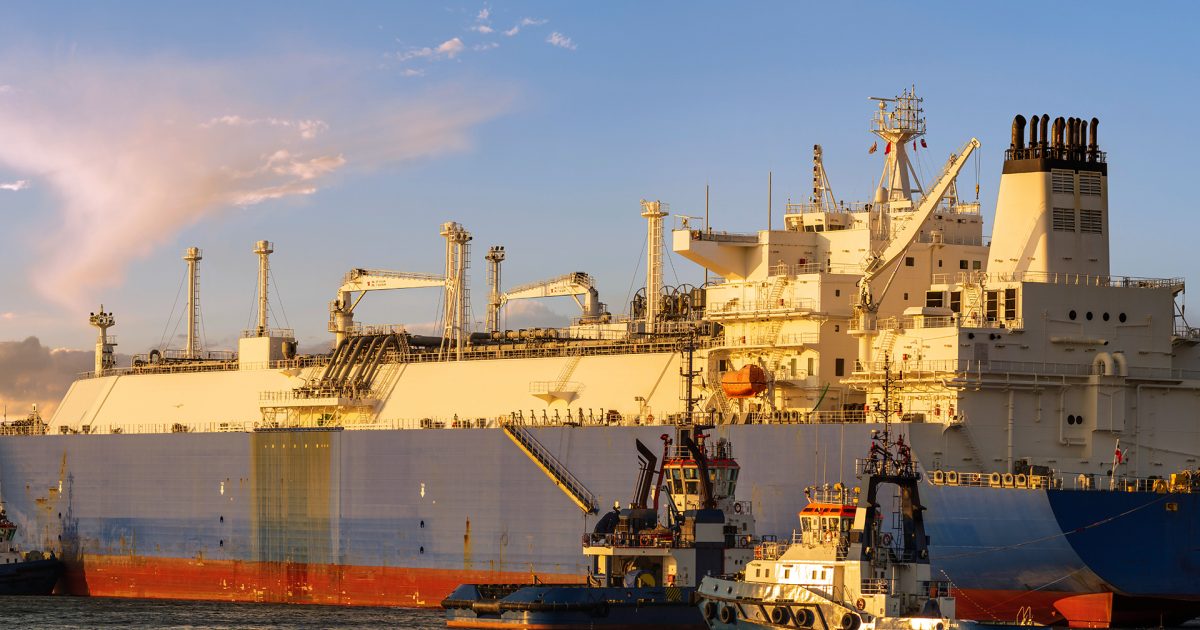More than 90% of all cargo worldwide is transported by sea each year. From common household things, machinery, and equipment, to food and drink, there is practically nothing that ships cannot transport. The question is, how many types of goods are transported by sea and how are they divided? Read the following article to understand more about Cargo in Sea Freight.
Classify Cargo in Sea Freight
First of all, it is essential to understand that the primary function of product categorization in sea transport is to facilitate transit, loading and unloading, delivery, and preservation. For instance, some goods will be delivered by draft or volume, while others will be delivered by counting pieces.
There are many distinct categories of items that can be delivered by sea, and each category necessitates the employment of a specific type of ship.
By physicochemical properties
+ First group: Is a group of aggressive goods (the rows in this group have the ability to affect other goods placed near them). Goods that absorb and radiate moisture, some dangerous goods, smelly goods (salted animal skins, etc.)
+ Second group: Consists of goods that are affected by the types of goods ranked in the first group when they are placed together to a certain extent. Goods that easily absorb flavors such as tea, tobacco, spices, etc.
+ The third group of goods: Includes neutral goods, which are goods that are not affected and do not adversely affect the rows lined up near it. Neutral goods such as iron and steel coils, equipment and machinery, etc.
The classification of goods according to their physical and chemical properties helps us to allocate cargo to the hold of the ship reasonably to prevent damage to goods due to the interaction between them.
By method of transport
There are two main groups: general cargo and bulk cargo.
+ General cargo is a unitized cargo (carried in the form of each loading and unloading unit); meanwhile…
+ Bulk cargo (carried in the form of many piles).
In addition to goods transported by sea, dangerous and prohibited items such as:
- Drugs, military weapons, depraved products: Not only sea transport but all other forms of transport are also not allowed to carry these goods. If any unit is found to be carrying prohibited goods, they will be subject to a high fine, more severe than being prosecuted for criminal liability.
- Toxic Inflammable and Explosive Chemicals: Toxic flammable and explosive chemicals are one of the types of goods that cannot be transported by sea because of the very high potential for serious consequences, possibly impacting the environment and affecting human life.
In this article, we will talk about the classification of goods by transport method.
General Cargo in Sea Freight
A type of unitized goods (carried in the form of each loading and unloading unit). General cargo can be divided into 3 categories:
- Break bulk: group of goods transported in the form of crates, boxes, pallets or bags and boxes (in other words, groups of goods packed in crates, boxes or packed into each pallet).
As can be seen in the image below, the break bulk group emphasizes the tools used to standardize goods. Just seeing a drum is classified as a break bulk item, it doesn’t matter what it contains.

Similar rules apply to pallets; any commodities or items packed into one of the above pallets are immediately regarded as break bulk. The same is true for cartons as well; anything that complies with the requirements may be packed into the aforementioned bags or boxes and will then constitute break bulk.
Each container standardizes each unit: 1 drum, 1 pallet, 1 crate, 1 bag (it doesn’t matter what’s inside). When delivering this type of goods, we will count each package. These types of cargo ships usually have their own cargo handling equipment (on deck).
- Neo bulk: about a group of goods where each item before being packed and assembled is understood and considered as a unit of goods for example lumber, roll paper, iron bars and vehicles.
Break Bulk emphasizes that the container tool is used to standardize, unitize, and transform separate commodities into 1 unit, serving for distribution by counting each standard unit. This contrasts with the group of Break Bulk above. For Neo Bulk, the delivery of this group of goods is also counting, but with this group of goods, we count each unit directly without counting tools to pack it. Because of the characteristics of the size and type, they are considered as a unit of goods, no need to be packed in, or packed on any kind of tool such as bags, pallets, wooden crates…
One thing to keep in mind is that iron bars might occasionally be packaged into bundles. We count each iron bundle when we deliver and receive, but they remain part of the Neo Bulk. There are no tools present to standardize them into a unit of goods due to the fundamental difference mentioned above.
- Containerized cargo: It is the development of container shipping that has prompted the creation of a new category of general goods (called containerized goods). The carriage of these goods is done when they are placed in containers with standard units (eg 20′, 40′).

Bulk Cargo in Sea Freight
Used to refer to unpackaged goods, transported in bulk, often in bulk. Bulk cargo can be divided into 2 types:
- Liquid bulk:
Including commodities such as petroleum, chemicals, water, crude oil, … are transported by tankers, ships, trains, ensuring safety. The liquid bulk cargo that accounts for the largest number of annual shipments is LNG (Liquefied Natural Gas).

- Dry Bulk:
Usually materials (raw inputs for production) including coal, iron ore, grain, bauxite ore, and sand. Additionally, this category is often referred to as solid bulk cargo with a blend of small particles, dry cargo, or small particles. These bulk cargo, such as food, flour, bulk seeds, coffee, agricultural products, stones, and materials, will be transported on board in significant quantities.
What needs to pay attention to when shipping products by sea?
The majority of the sea routes used for shipping at the moment are natural ones, which means they don’t require any maintenance or repairs. Sea transport can serve to transport all kinds of goods and has a large carrying capacity when it can carry a large volume of goods over a long distance and especially the freight rates are not too high.
Despite its many benefits, shipping products by sea is not always secure, especially when doing so over long distances and in huge quantities. Risks that can occur at any time, like war, natural disasters like hurricanes and shipwrecks, etc., can also happen while traveling, including technical risks or unforeseen accidents.
The fact that ships stop at numerous ports in various nations while transporting products by sea is also somewhat influenced by those nations’ legal regulations. During the shipment of the items, the transport unit may also make mistakes. Meanwhile, the maritime laws of countries around the world & Vietnam allow the carrier to limit the liability for compensation.


